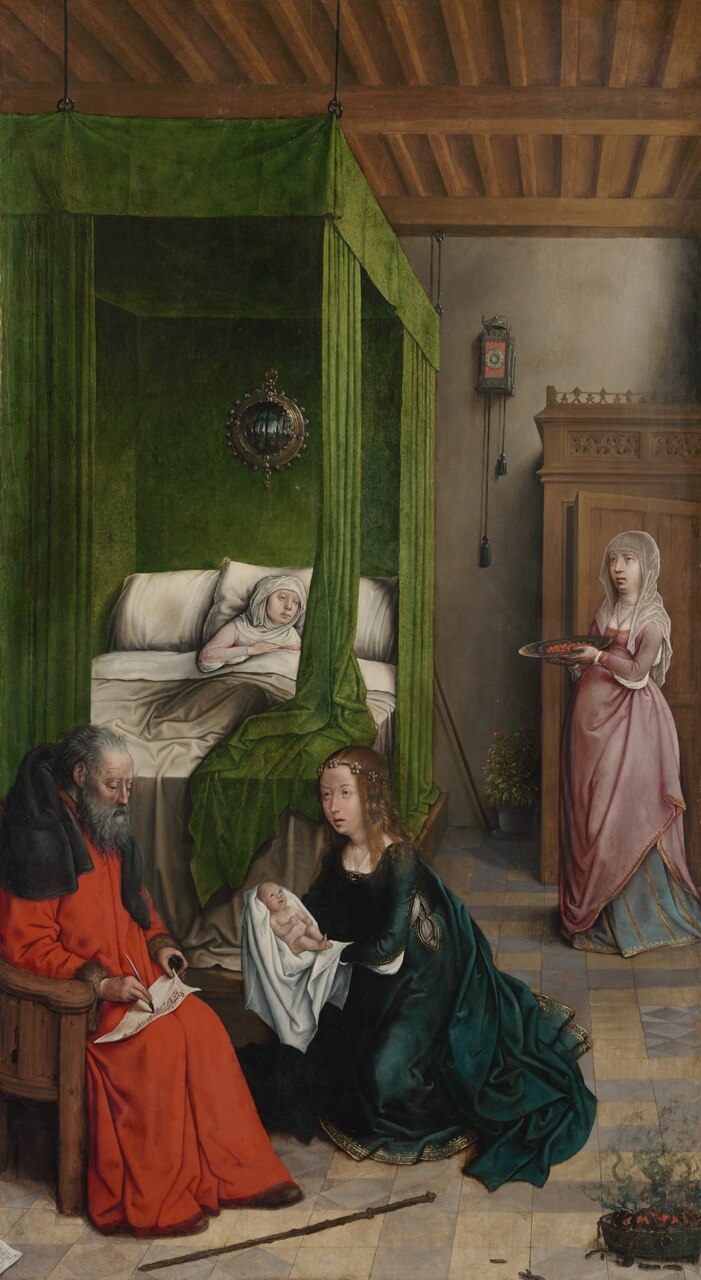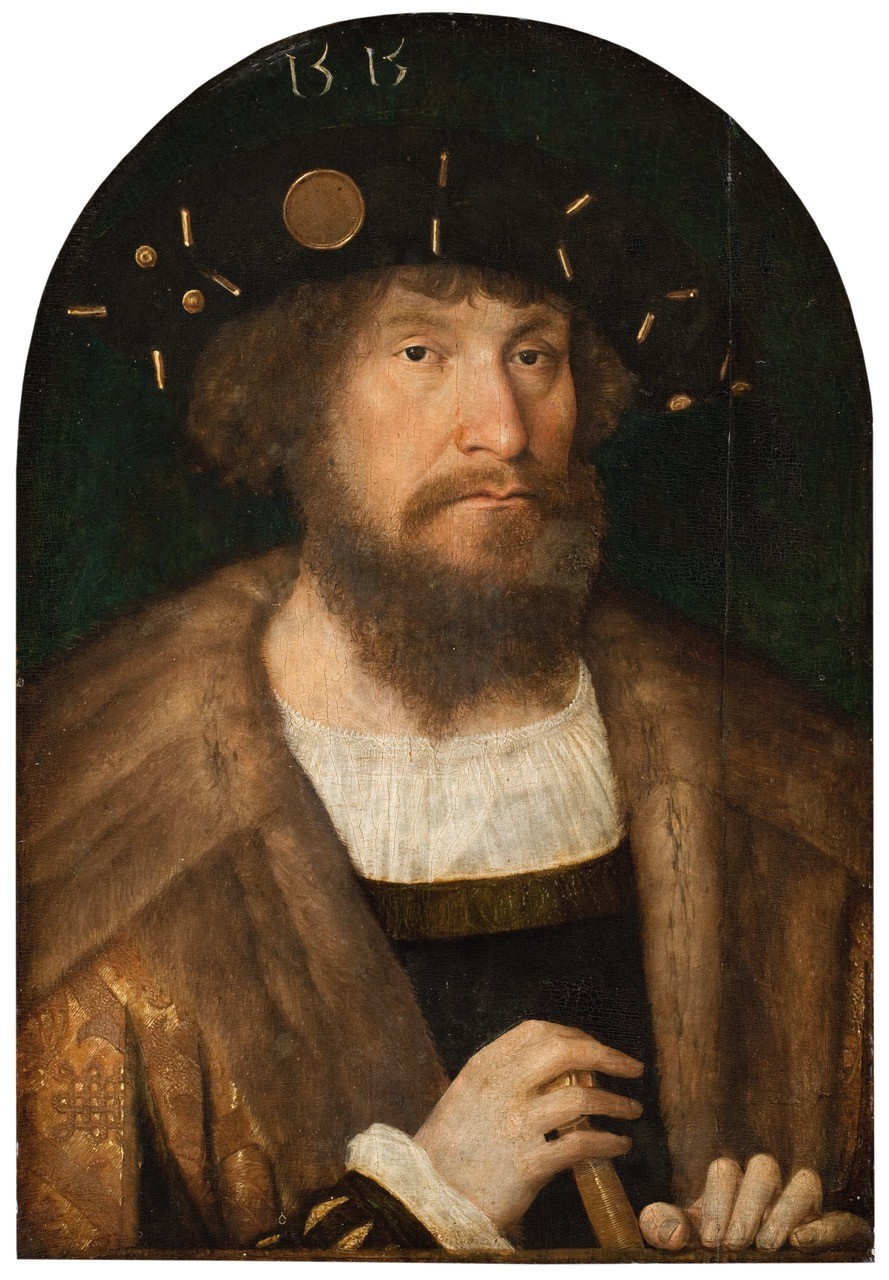Art, diplomacy, and espionage? PRIVACY scholar Oskar Rojewski explains his research on Michel Sittow and court diplomacy

Could a court painter in late fifteenth and early sixteenth-century Europe also have served as a spy? In this interview, we speak with art historian and PRIVACY-affiliated scholar Oskar Jacek Rojewski about his latest research, conducted in collaboration with Mette Birkedal Bruun, on the life and work of the court artist Michel Sittow. By exploring the movements and activities of Sittow’s trajectory, Rojewski suggests that the renowned court painter may have played a diplomatic – and possibly intelligence-gathering – role while working for royal courts.
Sittow (c. 1468-1525) was one of the most sought-after portraitists of his time and he created paintings for figures such as Isabella of Castile and Christian II of Denmark. However, beyond their artistic significance, his works also functioned as political instruments. For example, Sittow’s small royal portraits of Margaret of Austria for the English court in 1505 were used in dynastic marriage negotiations, serving as a visual representation of a potential alliance.
In Oskar Rojewski’s and Mette Birkedal Bruun’s latest article, “The Privacy of a Court Painter: Michel Sittow and his Journeys to the Courts of Isabella of Castile, Christian II of Denmark, and Margaret of Austria”, published in the Baltic Journal of Art History, the authors use the PRIVACY-developed heuristic zones to map out Sittow’s movements within both the material and immaterial courtly spaces and boundaries. This approach sheds light on the artist’s level of access to royal figures, providing the reader with insight into not just Sittow’s whereabouts, but also his position within the court and how this shaped the artworks. While some of Sittow’s portraits played a role in diplomatic marriage negotiations, Rojewski also points to the possibility that Sittow may have served a more hidden function in the royal European courts, potentially as a spy.
How can we know if Sittow also served as a spy, and are there other instances of court painters having similar hidden roles?
It is difficult to argue definitively that someone was a spy for the royal family, as funding espionage or supporting illegal activities was not considered appropriate for nobles. However, reading between the lines of historical sources can be revealing, especially when we see sentences like “I don’t want to declare the purpose of the payment”, which may suggest a support of secret activities. Sittow could have been a kind of painter-spy, much like the Venetian artist Gentile Bellini, who travelled to the Ottoman court and portrayed the Sultan. Upon returning home, Bellini could inform the Doge about the situation in the enemy’s court. The practice of employing court painters as emissaries became even more spread in the seventeenth century, as seen in the international career of Rubens and his apprentices.

Michel Sittow, Portrait of Christian II of Denmark, 1514,
Copenhagen, Statens Museum for Kunst © Public Domain
Who was the intended audience for these pictures?
Portraits of royals from the late fifteenth and early sixteenth centuries were relatively small in size compared to the grand, majestic portraits of later monarchs. These paintings were typically intended for a limited audience, restricted to the private circles of the royal family. It is known that Sittow created two portraits of Margaret of Austria, which were sent to the English court in 1505 while her family was negotiating a new alliance with the Tudors. These portraits served a specific purpose to present a potential candidate for marriage. Scholars refer to such works as pre-nuptial portraits. Pieces of evidence suggest that these small portraits were often copied or reproduced and were used to decorate dynastic galleries, a practice that became increasingly popular across Europe during the sixteenth century, but still their audience was extremely limited to the inner circles of the court.
In the article, you describe a depicted person in a painting as a crypto-portrait – could you elaborate on this term and the message it conveys?
This term was introduced by Friedrich Poleross in 1988 as a typology of portraiture in Early Modern Habsburg representations, though it was certainly not limited to this family. A crypto-portrait depicted an individual with recognizable facial features but incorporated attributes associated with a different, well-known historical, biblical, or saintly figure. In the Spanish court where Sittow resided, there are numerous indications that crypto-portraits may have been part of the royal collection. One documented work by Michel Sittow, possibly painted in Spain but described only in 1516, was a small diptych painted on panel by the hand of Sittow. On one side Our Lady and on the other St John and St Margaret, painted with the features of the Prince of Spain and her ladyship. Even today, in many studies of sixteenth-century depictions of The Adoration of the Magi, scholars have identified the face of Charles V, the Holy Roman Emperor, represented as one of the kings. These examples illustrate that this genre of painting was widely used and appreciated.
How was it to work with the PRIVACY heuristic zones on these paintings?
The heuristic zones can be used as a form of stylized representation of Sittow’s world. In the article we have tried to determine Sittow’s position in various courts by looking at the zones he plausibly navigated. We have followed him into the courtly community and into a degree of familiarity within the courtly household that would have allowed him to gain access to his royal models. Finally, we argue that his religious paintings show dimensions of the zones of the chamber of devotion and the ideal disposition of the soul. The zones thus offer a form of grid that we can use to chart some of his courtly movements despite the dearth of exact evidence.
